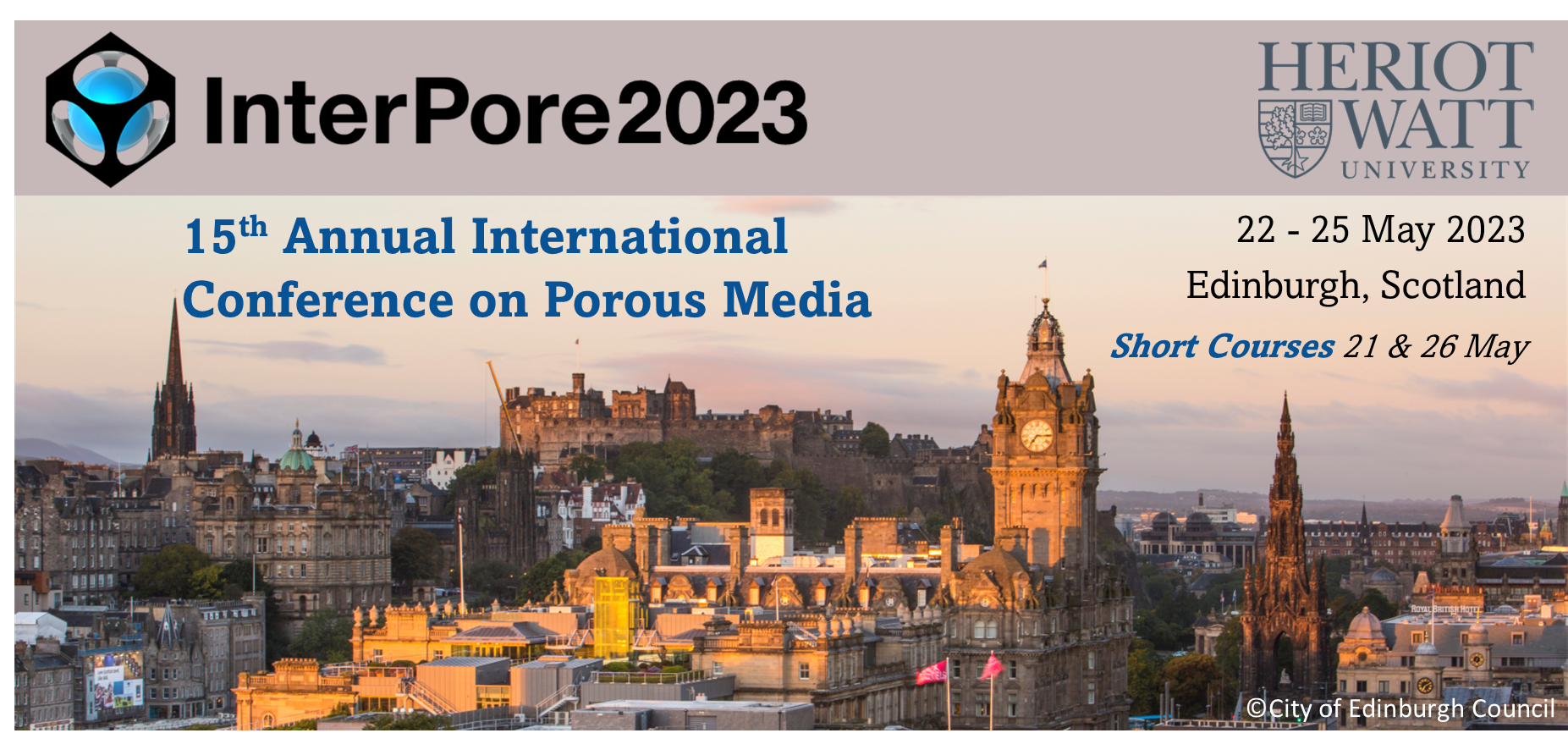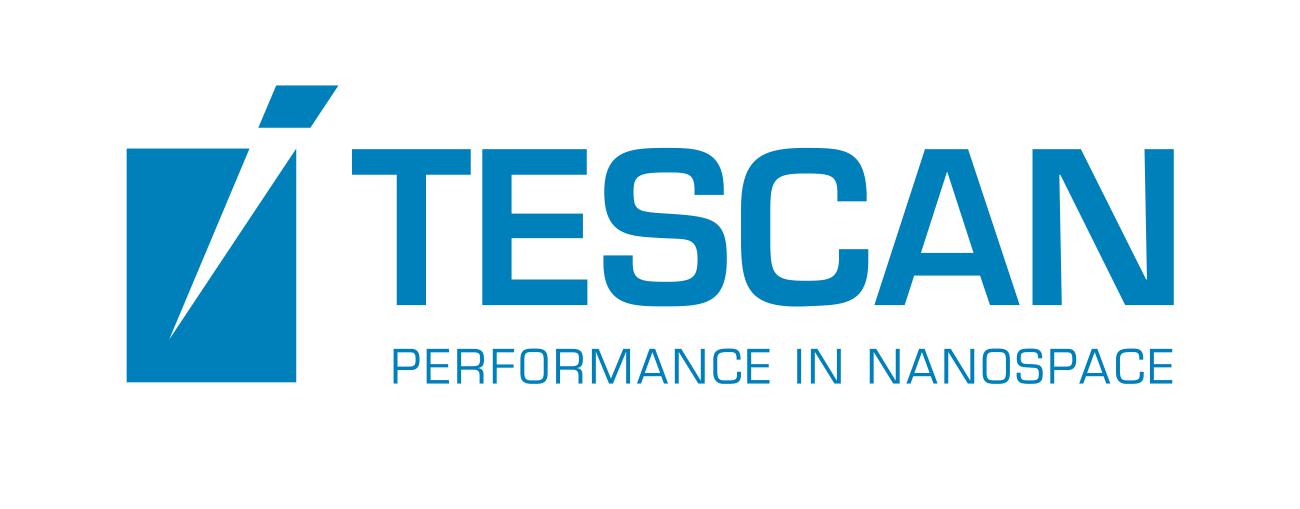Bacterial spreading through motility and growth plays a central role in agriculture, biotechnology, the environment, and medicine. These processes are typically studied in the lab in liquid cultures or on flat surfaces; however, many bacterial habitats—e.g., soils, sediments, and biological gels/tissues—are more complex and crowded 3D porous media. In this talk, I will describe my group's work...
Groundwater contamination caused by nonaqueous phase liquids (NAPLs) is a significant environmental concern as NAPLs are ubiquitous and persistent pollutants, remaining recalcitrant to bioremediation due to their low solubility and limited bioavailability. Chemotaxis, the biased migration of motile bacteria toward chemical gradients, may facilitate remediation of NAPLs by transporting...
Non-aqueous phase liquid (NAPL) trapped in stagnant or low permeability regions, such as a dead-end fracture or rock matrices, are hard to remediate because they are mostly inaccessible by groundwater flow. In this study, we utilize branching fungus to remediate NAPLs immobilized in low permeability regions. Hyphae of fungi are known to generate tremendous turgor pressure on their tips [1] and...
Active in-situ microbial reduction of nitrate and soluble selenate to selenite and elemental selenium (less mobile) was induced by subsurface methanol injections and can stabilize selenium (Se) in mined waste rock. Biogeochemical processes require careful balancing of oxidants (oxygen and nitrate) and reductants (methanol). Pulsed nutrient injection strategies were used in the field in...
Microbially induced carbonate precipitation (MICP) is a promising biogrouting method for ground improvement and leakage remediation. Most studies to date have focused on MICP treatment of uniform clean sands, with few studies having been conducted at large-scale on well-graded soils more representative of in situ deposits. This study presents a laboratory meter-scale MICP test on medium-graded...
Microbial urease catalyses the hydrolysis of urea to ammonium and carbonate, which results in an increase of the environmental pH value. Addition of calcium ions then leads to calcium carbonate precipitation. Microbial Induced Calcite Precipitation (MICP) is successfully applied for, e.g., restoration of construction materials, soil reinforcement, or metal and radionuclide bioremediation....
Worldwide production of concrete is estimated to be responsible for approximately 8.6% of all CO2 emissions originating from human activity [Miller et al., 2016]. Many countries, including the UK, now have ambitious targets to achieve net zero greenhouse gas emissions. To achieve these targets, the construction industry needs to transform its use of materials and approaches to asset...
Microbially-induced carbonate precipitation (MICP) has demonstrated promise in a variety of subsurface applications including immobilization of groundwater contaminants and remediation of leakage pathways associated with CO2 sequestration. In order to implement MICP at the field scale, however, the injection strategy must be tailored for efficacy in natural, heterogeneous porous media....
Bacterial biofilms can form in porous systems that are of interest in industrial but also in environmental applications, being hotspots of biogeochemical reactions. The presence of biofilms within porous media modifies not only the topology but also the hydrodynamics and consequently the transport of solutes and the effective kinetics of reactions. The highly heterogeneous flow fields found in...
Pore network models (PNMs) are reduced discrete mathematical models that are widely applied to study mass and heat transfer in porous media . Considering biofilms as a kind of a porous medium, with the inter-cellular space forming the pores, PNMs appear very suitable to study the transport of substrates and products through biofilms. In electrochemically active biofilms, additionally the...
Contamination of groundwater by Escherichia coli (E. coli) bacteria has been a persistent and growing risk to globally strained groundwater resources. Prevention, mitigation, and regulation of contaminants requires a fundamental understanding of the mechanisms of transport and attachment of E. coli in complex geological materials under hydrogeologic conditions. This work demonstrates the...
Large-scale implementation of geological carbon sequestration is considered as a key strategy to limit anthropogenic warming to 1.5 – 2 °C, as set out in the Paris Agreement. We are interested in a viable alternative represented by injecting CO2 into reactive rock formations, e.g. basalts, to facilitate rapid carbon mineralization, and therefore increase storage security. Our particular...
Biofilms are complex microbiome in extracellular polymeric substances that regulates the biological environments in porous media. The phenomenon of solute anomalous transport can be induced from the evolution of biofilm which dynamically alters the pore structure, the hydrophobicity, and the hydrological-biogeochemical processes in the pore space. So far, few study has pay attention to scaling...
Microbially induced desaturation and precipitation (MIDP) is investigated for several engineering applications in porous media. The MIDP process involves injecting a nutrient solution containing calcium acetate and calcium nitrate in the subsurface, which stimulates indigenous nitrate-reducing bacteria to convert these substrates into three main products: biogenic gas (mainly nitrogen and some...
Landslides in granular soils are often triggered by rainfall; this phenomenon and the underlying mechanism of water infiltration resulting in increased pore water pressured (reduced soil suction) and hence lower shear strength has been well documented for natural hillslopes worldwide. Globally, up to 350 fatal landslides are triggered by rainfall each year and individual events can cause...
Biomineralization, e.g. enzymatically (or microbially) induced calcium carbonate precipitation (EICP) is a promising geo-engineering method with the potential, for example, to seal leakage pathways in the subsurface or to stabilize soils. It is associated with an alteration of porosity and, consequently, permeability. A major source of uncertainty in modelling EICP is in the quantitative...
Ureolysis-Induced Calcium Carbonate Precipitation (UICP) is an emerging biotechnology which utilizes the enzyme urease to convert urea and calcium into calcium carbonate (CaCO3) deposits for numerous engineering applications. Studies have shown that UICP can be used to seal fractures in shale, raising the possibility of applying this technology to restimulate fracking wells by plugging...







